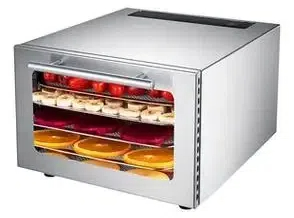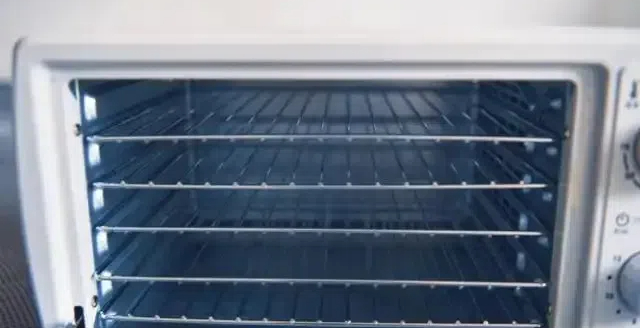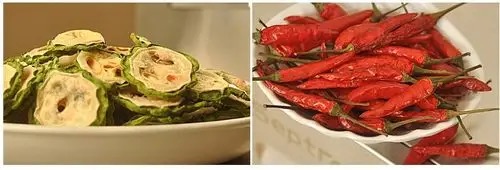
Content Menu
● Introduction
● Understanding Heat Pump Dryers
● Advantages of Heat Pump Dryers in Food Drying
● Applications of Heat Pump Dryers in Food Industry
● Best Practices for Using Heat Pump Dryers
● Future Trends in Food Drying Technology
● Conclusion
● Frequently Asked Questions
>> 1. What is a heat pump dryer?
>> 2. How does a heat pump dryer save energy?
>> 3. Can heat pump dryers be used for all types of food?
>> 4. What are the maintenance requirements for heat pump dryers?
>> 5. How long does it take to dry food using a heat pump dryer?
Introduction
Food preservation is a critical aspect of the food industry, ensuring that products remain safe and nutritious for consumption over extended periods. Among various preservation methods, drying stands out as one of the oldest and most effective techniques. In recent years, heat pump technology has emerged as a revolutionary approach to food drying, offering numerous advantages over traditional methods. This article explores the workings of heat pump dryers, their benefits, applications in the food industry, and best practices for optimal use.

Understanding Heat Pump Dryers
Heat pump dryers operate on a principle similar to that of a refrigerator, utilizing a refrigeration cycle to remove moisture from the air. Unlike conventional dryers that expel hot air outside, heat pump dryers recycle the air within the system, making them highly energy-efficient. The process involves drawing in humid air, extracting moisture, and circulating warm, dry air back into the drying chamber. This method not only conserves energy but also allows for precise control over drying temperatures, which is crucial for preserving the quality of food products.
Advantages of Heat Pump Dryers in Food Drying
One of the most significant advantages of heat pump dryers is their energy efficiency. These dryers consume approximately 50% less energy than traditional dryers, leading to substantial cost savings over time. Additionally, the ability to operate at lower temperatures means that heat-sensitive foods can be dried without compromising their nutritional value or flavor. This is particularly important for fruits, vegetables, and herbs, which can lose essential vitamins and minerals when exposed to high heat.
Moreover, heat pump dryers contribute to environmental sustainability. By reducing energy consumption and minimizing greenhouse gas emissions, they align with the growing demand for eco-friendly food processing solutions. The time-saving aspect of heat pump technology is also noteworthy; while drying times may be longer than conventional methods, the efficiency gained through reduced energy use and improved drying quality often outweighs the time investment.

Applications of Heat Pump Dryers in Food Industry
Heat pump dryers are versatile and can be used in various applications within the food industry. They are particularly effective for drying fruits, vegetables, herbs, and even meats. For instance, companies specializing in dried fruit products have reported significant improvements in product quality and shelf life after switching to heat pump technology.
Case studies highlight the successful implementation of heat pump dryers in commercial settings, where businesses have optimized their drying processes, reduced waste, and enhanced product consistency. The ability to control drying conditions precisely allows manufacturers to tailor their processes to specific products, ensuring optimal results.
Best Practices for Using Heat Pump Dryers
To maximize the benefits of heat pump dryers, it is essential to follow best practices. First, understanding the moisture content of the food being dried is crucial. Foods with higher moisture content may require longer drying times, and pre-treatment methods such as blanching can enhance the drying process.
Regular maintenance is also vital for ensuring the longevity and efficiency of heat pump dryers. This includes cleaning filters, checking for blockages, and ensuring proper drainage of condensed water. By avoiding common mistakes, such as overcrowding trays or neglecting temperature settings, users can achieve better drying results.
Future Trends in Food Drying Technology
The future of food drying technology is promising, with ongoing innovations in heat pump systems. Automation and smart technology are becoming increasingly integrated into food processing, allowing for real-time monitoring and adjustments to drying conditions. This not only enhances efficiency but also improves product quality.
As the demand for sustainable food preservation methods continues to grow, heat pump dryers are likely to play a pivotal role in shaping the future of the food industry. Their ability to reduce energy consumption while maintaining high-quality standards positions them as a preferred choice for manufacturers and consumers alike.
Conclusion
In conclusion, heat pump dryers represent a significant advancement in food drying technology. Their energy efficiency, cost savings, and environmental benefits make them an attractive option for food manufacturers looking to optimize their processes. As the industry continues to evolve, embracing modern drying technologies will be essential for meeting consumer demands and ensuring the sustainability of food production.

Frequently Asked Questions
1. What is a heat pump dryer?
A heat pump dryer is an energy-efficient appliance that uses a refrigeration cycle to dry clothes or food by removing moisture from the air.
2. How does a heat pump dryer save energy?
It operates at lower temperatures and recycles heat, consuming significantly less energy compared to traditional dryers.
3. Can heat pump dryers be used for all types of food?
While they are suitable for many foods, some items may require specific drying conditions that should be considered.
4. What are the maintenance requirements for heat pump dryers?
Regular cleaning of filters and ensuring proper drainage of condensed water are essential for optimal performance.
5. How long does it take to dry food using a heat pump dryer?
Drying times can vary based on the type of food and moisture content, but they generally take longer than conventional methods due to lower drying temperatures.












